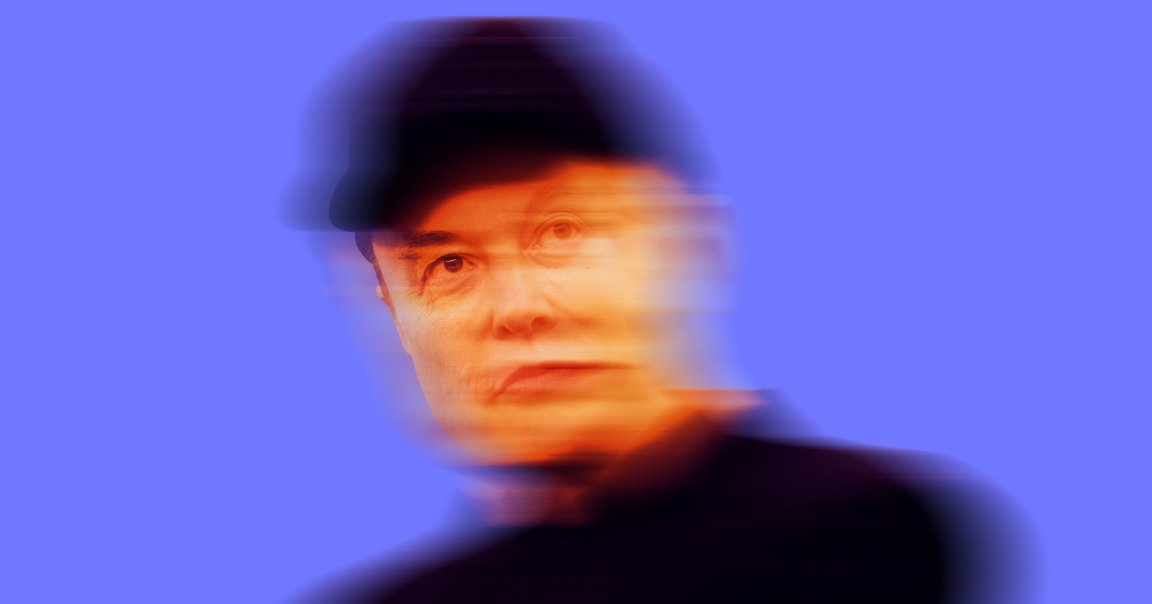
Amid a slew of investigations into horrific accidents involving its Full Self-Driving software, Tesla has brought back its “Mad Max” mode that allows its self-driving cars to blow past the speed limit, Electrek reports.
It’s almost like the Elon Musk owned automaker is actively trying to accelerate toward its own doom, if not its passengers into an accident. The resurrection of the feature comes in an update to Tesla’s new FSD v14 overhaul, which first launched last week and received a new patch on Wednesday night. It “comes with higher speeds and more frequent lane changes than HURRY,” Tesla wrote in the release notes, referring to its other driving mode that prioritizes speed.
Fans gushed about the mode online.
“Mad Max mode is INSANE,” tweeted Tesla enthusiast Nic Cruz Patane, adding that it “weaves through traffic at an incredible pace” and that it “drives your car like a sports car.”
Sawyer Merritt, a well known Tesla influencer, raved that “Mad Max mode makes the car zoom around town like it’s on a mission.”
“If you like to drive fast, you’re going to love this new mode,” he added.
Predictably, it’s already been spotted driving more than 15 miles per hour over the speed limit, according to Electrek.
In one video taken by a Canada based Tesla fan, a Tesla in Mad Max mode careens down a street at 25 kilometers per hour (15 mph) over the posted speed limit.
“We’re going 75 in a 50, I feel like we’re racing down the street right now,” the Tesla fan can be heard saying. “I feel like this is inevitable that I’m going to get a speeding ticket.”
The FSD v14 overhaul also introduced another speed profile called Sloth, which maxes out at the posted speed limit.
The timing out of the release couldn’t be more questionable for Tesla. Exacerbated by the lackluster launch of its “Robotaxi” service this summer in Austin, Texas, it’s under more scrutiny than ever for the questionable safety of its driving modes, which, five years since its first beta release, is still making horrific blunders like driving into oncoming trains.
Some of the pressure is coming from government regulators. The National Highway Traffic Safety Administration has launched numerous probes into Tesla, including one focused on a crash captured on video in which a car running FSD struck and killed an elderly pedestrian while its camera vision was obstructed by sunlight. Last week, the agency launched another investigation into 2.88 million Tesla cars installed with FSD after receiving nearly 60 reports of the vehicles violating traffic laws and getting into crashes.
It’s also bracing for a flood of lawsuits, after a potentially precedent-setting jury ruling in August which found Tesla partially responsible for the death of a young woman after a car running Autopilot, FSD’s predecessor, struck and killed her. The automaker was ordered to pay $242.5 million in damages, though it’s appealing the ruling.
Amid those darkening skies, the Mad Max mode’s brazen disregard for road laws led other fans to have a more sobering takeaway. Dirty Tesla, another big name in the Tesla-sphere wondered out loud in a tweet “why Tesla would even bring this possible scrutiny on FSD.”
He provided his own footage showing his Tesla on Mad Max mode going up to 71 mph on a 50 mph stretch of road.
“Oh my goodness, who needs this?” Dirty Tesla remarks in the video, as his car blazes past the human-operated vehicles on the road.
More on Tesla: College Student Died Locked Inside a Cybertruck on Fire, Family Now Suing Tesla